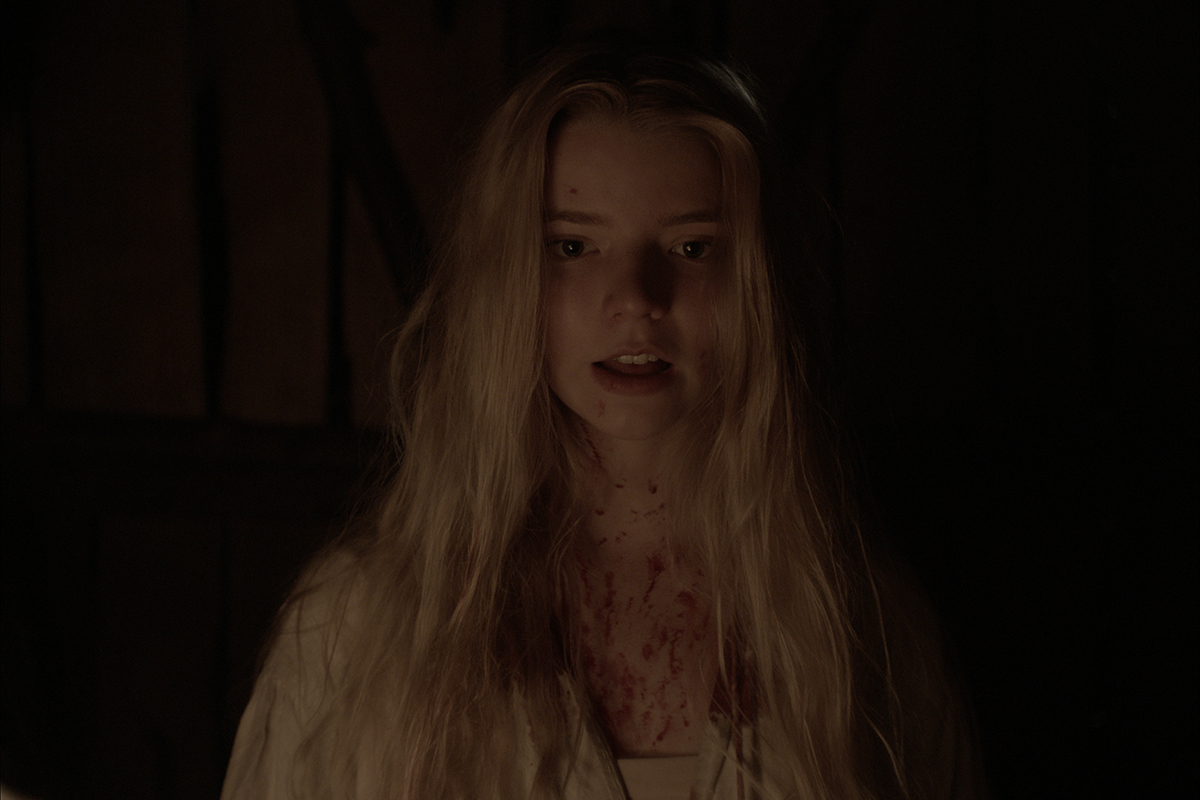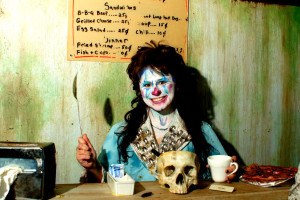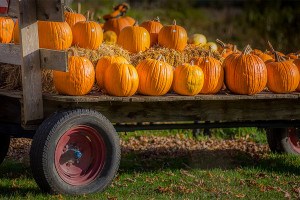How The Witch Taps into New England’s Primal Fears

Photo by ‘The Witch’ / A24
From the Salem witch trials to Sabrina the Teenage Witch, New England has a long history with all things witch-related. It’s kind of our thing.
Today, these broom-flying, spell-casting sorceresses have been relegated to the sugarcoated fun of Halloween, but back in the 17th century, witches were a big deal and held a darker power over people’s minds.
Director and writer Robert Eggers wanted to tap into that older sense of fear with his debut feature, The Witch.
The horror movie, which earned Eggers a Best Director award at last year’s Sundance Film Festival, follows an exiled family of early New England settlers who are plagued by an evil lurking in the forest—and possibly their home.
“It was not a rational world the way we see it. It wasn’t a matter of believing in witches,” Eggers said. “A witch is a witch, a tree is a tree, a rock is a rock. That’s just bottom line. You’ll see in the folktales and fairy tales, they’re the same as court records, they’re the same as the Elizabethan witch pamphlets.”
Raised in New Hampshire, Eggers has always been fascinated with witches and feels comfortable being back in what he calls “witch country.” Star Anya Taylor-Joy, who plays the family’s oldest daughter Thomasin, calls the director “an encyclopedia of everything to do with this.”
While working as a film production designer in Brooklyn, Eggers would obsessively make trips to the New York Public Library so he could take out every book available on witches and colonial New England.
Whenever he saved up enough money, he’d ship up to Epping in southern New Hampshire to his grandfather’s farmhouse, built in 1740, so he could write his screenplay in the attic.
“It’s part of the cultural consciousness here,” Eggers said. “Very personally for me—I meet a lot of other people who felt like this—the white pine forest behind my house in New Hampshire seemed haunted by the past. I didn’t literally see ghosts or witches, but it felt like that.”

Anya Taylor-Joy Photo by ‘The Witch’ / A24
Part of the reason why The Witch works so well is because of its attention to period details.
From the handwoven costumes to the rustic homestead, Eggers meticulously recreated the 1600s setting. He also didn’t rely on clichéd images of witches, instead highlighting creepier elements of their folklore that’s been forgotten over the years.
But for Taylor-Joy, it was the way he wrote the script that made being afraid of witches seem real to her.
“When I first read the script, I couldn’t understand what it was that literally had freaked me out so hard,” Taylor-Joy said. “I really sat down and tried to dissect it and I realized that the fear I was experiencing wasn’t mine. It was ancestral. It was primal and it had been handed down through generations.”
According to the actress, audiences seem to be connecting with this dramatic but stripped down version of a witch’s tale because of its more “hardcore” and “terrifying” depiction of what our ancestors believed was a reality.
While we may scoff at the idea of evil magic today, The Witch reminds of our deep-rooted fears hiding in the dark.
“People forget that they are afraid of the witch,” Taylor-Joy said. “The witch isn’t something to be laughed at.”


